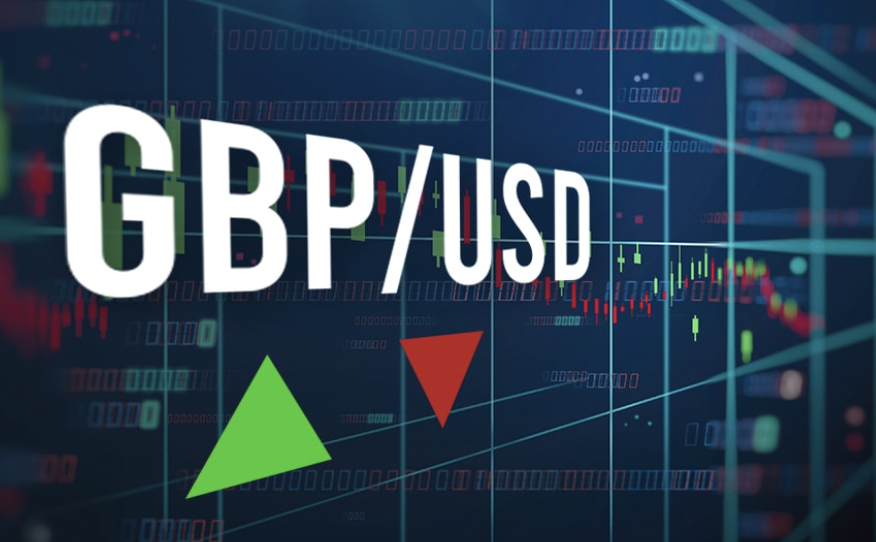
Alina Haynes
Nov 30, 2022 15:27

The AUD/NZD pair swung wildly between 1.0764 and 1.0787 throughout the Asian session after the Australian Bureau of Statistics reported lower-than-anticipated Australian inflation data. The Consumer Price Index (CPI) for October reported a decrease in inflation to 6.9%, when market participants had predicted an increase to 7.4%.
If inflation declines, policymakers at the Reserve Bank of Australia (RBA) would likely heave a sigh of relief. Since inflationary pressures had previously shown little indication of abating, the Australian central bank was particularly concerned. In order to combat inflation, the market predicted that RBA Governor Philip Lowe will be forced to return to a rate hike structure of 50 basis points (bps).
As the inflation rate has fallen below 7.0%, the RBA may retain its present timetable of 25 basis point rate hikes to sustain economic prospects and satisfy its duty to seek price stability.
Investors are currently monitoring the development of the Chinese demonstrations. As a result of the public's enraged and exasperated lockdown protest against Covid, economic projections have become more bleak. This has held the antipodeans captive to bears for the past week.
Other than that, Thursday's Caixin Manufacturing PMI data will continue to be crucial. It is projected that the economic data would be lower at 48.9 than the prior reading of 49.2.
In New Zealand, the number of Building Permits has decreased by 10.7%, compared to the expected 2.4% increase and the previous release of 3.6%. The Reserve Bank of New Zealand's (RBNZ) increase in interest rates may be responsible for a decrease in the economic catalyst.


Nov 30, 2022 15:31